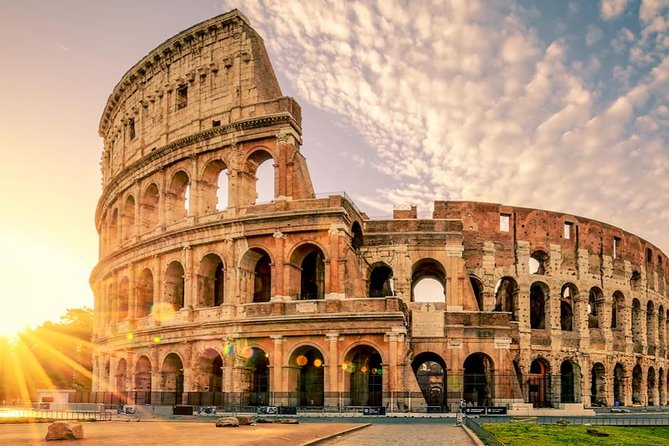 Found only east of the Roman Forum, the enormous stone amphitheater known as the Colosseum was appointed around A.D. 70-72 by Emperor Vespasian of the Flavian administration as a blessing to the Roman individuals. In A.D. 80, Vespasian's child Titus opened the Colosseum–formally known as the Flavian Amphitheater–with 100 days of games, including gladiatorial battles and wild creature battles. Following four centuries of dynamic use, the glorious field fell into disregard, and up until the eighteenth century it was utilized as a wellspring of structure materials. Despite the fact that 66% of the first Colosseum has been decimated after some time, the amphitheater stays a prominent visitor goal, just as a notorious image of Rome and its long, turbulent history.
Found only east of the Roman Forum, the enormous stone amphitheater known as the Colosseum was appointed around A.D. 70-72 by Emperor Vespasian of the Flavian administration as a blessing to the Roman individuals. In A.D. 80, Vespasian's child Titus opened the Colosseum–formally known as the Flavian Amphitheater–with 100 days of games, including gladiatorial battles and wild creature battles. Following four centuries of dynamic use, the glorious field fell into disregard, and up until the eighteenth century it was utilized as a wellspring of structure materials. Despite the fact that 66% of the first Colosseum has been decimated after some time, the amphitheater stays a prominent visitor goal, just as a notorious image of Rome and its long, turbulent history.Roots of the Colosseum
Indeed, even after the wanton Roman sovereign Nero took his own life in A.D. 68, his mismanagement and abundances powered a progression of common wars. No less than four sovereigns took the honored position in the turbulent year after Nero's demise; the fourth, Vespasian, would wind up decision for a long time (A.D. 69-79). The Flavian sovereigns, as Vespasian and his children Titus (79-81) and Domitian (81-96) were known, endeavored to mitigate the abundances of the Roman court, reestablish Senate authority and advance open welfare. Around 70-72, Vespasian came back to the Roman individuals the rich land close to the focal point of the city, where Nero had constructed a huge castle for himself after an incredible flame tore through Rome in A.D. 64. On the site of that Golden Palace, he announced, would be fabricated another amphitheater where the open could appreciate gladiatorial battles and different types of excitement.
COLOSSEUM
![COLOSSEUM]() Reviewed by rathore
on
September 21, 2019
Rating:
Reviewed by rathore
on
September 21, 2019
Rating:

No comments: